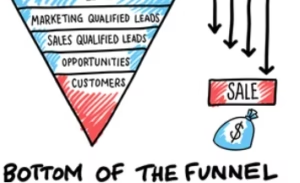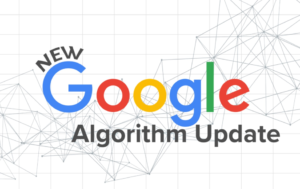For SaaS companies, organic traffic isn’t just a vanity metric—it’s the lifeblood of scalable growth. Yet, many SaaS brands unknowingly sabotage their SEO efforts with outdated strategies or oversights that repel both users and search engines. Based on insights from leading SEO experts and SaaS marketers, here are three critical mistakes draining your traffic—and actionable fixes to reclaim your rankings.
1. Ignoring High-Intent, Bottom-of-Funnel (BOFU) Keywords
The Mistake: Focusing solely on broad, top-of-funnel keywords like “best project management tools” while neglecting niche, high-intent terms like “Trello alternatives for remote teams.” These BOFU keywords attract users actively comparing solutions or seeking alternatives, making them prime candidates for conversions. Yet, many SaaS teams prioritize volume over intent, missing out on qualified leads.
Why It Hurts:
-
BOFU keywords have 3–5x higher conversion rates than generic terms but are often overlooked due to lower search volume.
-
Competitors targeting these terms can siphon off your potential customers. For example, a SaaS company ranking for “HotJar alternatives” generated 500 leads in 4 months by addressing this intent.
The Fix:
-
Map keywords to the buyer’s journey: Use tools like Ahrefs or SEMrush to identify keywords with transactional intent (e.g., “X vs Y,” “alternatives,” “pricing”).
-
Optimize landing pages: Create dedicated pages for comparison guides, case studies, or feature-specific solutions. For instance, a CRM tool could target “HubSpot alternatives for startups”.
-
Repurpose sales insights: Turn common customer questions from demos or support tickets into BOFU content (e.g., “How to migrate from [Competitor] to [Your Tool]”).

2. Neglecting Technical SEO and Site Architecture
The Mistake: Overlooking technical SEO in favor of content creation. Slow load times, broken internal links, and poor mobile responsiveness cripple user experience—and Google’s mobile-first indexing penalizes sites that aren’t optimized.
Why It Hurts:
-
A 1-second delay in page load time can reduce conversions by 27%.
-
Confusing site structures (e.g., cramming all services onto one page) dilute keyword relevance and confuse search engines.
The Fix:
-
Audit your tech stack: Use tools like Screaming Frog or Google PageSpeed Insights to identify issues like unoptimized images, JavaScript bloat, or render-blocking resources.
-
Build topic clusters: Organize content into pillar pages (e.g., “Complete Guide to SaaS SEO”) linked to subtopic articles (e.g., “How to Optimize Meta Tags for SaaS”). This strengthens topical authority.
-
Prioritize mobile UX: Ensure your site is responsive, with fast-loading pages and intuitive navigation. For example, Webflow-based sites often outperform WordPress in speed and SEO flexibility.
3. Overlooking Content Freshness and Updates
The Mistake: Publishing content inconsistently or failing to refresh older posts. Google prioritizes up-to-date, accurate content, yet many SaaS blogs leave outdated guides or statistics untouched for years 389.
Why It Hurts:
-
Stale content loses rankings to competitors who regularly update theirs.
-
Features like “Featured Snippets” favor articles revised within the last 6–12 months.
The Fix:
-
Conduct a content audit: Use SurferSEO or Clearscope to identify underperforming posts. Update titles (e.g., “SaaS SEO Trends in 2025” instead of “2023 Guide”), refresh data, and add new insights.
-
Leverage internal linking: Link updated content to newer posts to distribute authority. For example, a revised “CRM Software Comparison” article can link to a new “AI-Driven CRM Features” guide.
-
Republish strategically: Share refreshed content on social media or newsletters to reignite engagement. Kalungi increased blog traffic 50x by repurposing old posts with fresh CTAs.
The Bottom Line
SaaS SEO in 2025 demands precision: target high-intent keywords, fix technical gaps, and treat content as a living asset. By avoiding these three pitfalls, you’ll not only boost traffic but also convert visitors into loyal users. As one SaaS marketer noted, “SEO isn’t a one-time project—it’s a compound growth engine”





